- Joined
- Oct 18, 2011
- Messages
- 6,070
- Reaction score
- 2,420
- Location
- Glasgow, Scotland
- Website
- www.petecrawford.co.uk
- Can others edit my Photos
- Photos OK to edit
Hi, so I'm proudly saying to a friend that I've made the background blue'r and instantly get criticism that 'should't the photo show exactly what you took'? Well, the way I see it, is that its art, and if I personally feel that the sky needed to be a bit blue'r then I make it more blue. I know that there is nothing wrong with doing that, yet, I can't seem to find a better response than 'its art'. Yet the same person will say to me that its ok to edit out blemishes...I need a better response. Any ideas?
Well to me that stems from a complete misunderstanding about how cameras work. Your friend assumes that the picture the camera captured is an accurate reproduction of what you were seeing at the time. However we know here that it may not be and may need editing to get a bit closer to what you actually percieved. Consider, for example, underexposure. Lest say that you took a shot and it was so underexposed you got a black image, does that mean that it was pitch black and you couldn't see anything? Or lets consider a different example of overexposure, possibly not so extreme. I quite often "shoot to the right", that is to say I'll deliberately overexpose my shot as much as I can without blowing the highlights in order to squeeze as much detail into a shot as I can. In this cases colour is washed out and greys can be hazy, darks too light and it in no way is an accurate colour to the scene in front of me, but the data is there so when brought back down in post. Or is the photographer who uses fill flash to expose for a subject against a bright sky very different to the photographer who shoots multiple exposures to even out the lighting conditions in a landscape shot? Or what about bracketing, lets say you shot 3 shots 1/3rd of a stop apart, the colours of the sky in the least exposed one will be darker but which one is right? What if you shot at a tungsten white balance on a sunny day, would adjusting the white balance in post also be cheating? What about in camera.....?
Add to that your camera contains software that processes and makes adjustments for you, pre-set by the friendly people who made your camera. So aren't you the best person to judge how it actually looked at the time to you?
Most photographs sit somewhere in between a faithful reproduction of reality and what the photographer saw in there minds eye. So it's not only about how it looked, but how it looked and felt to you.



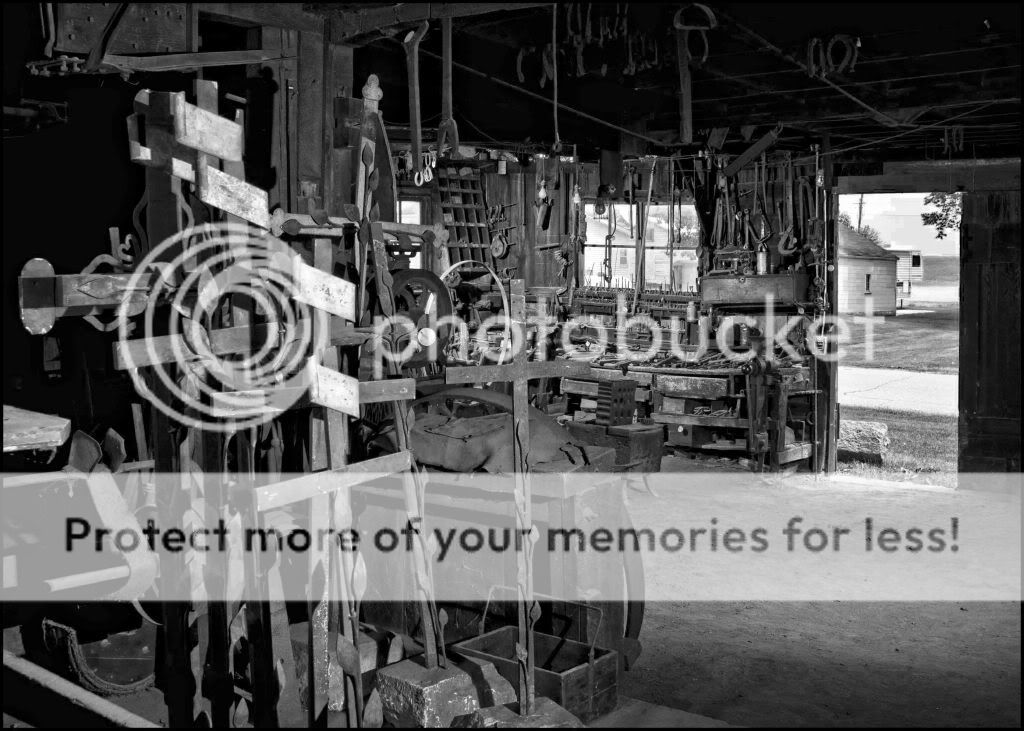
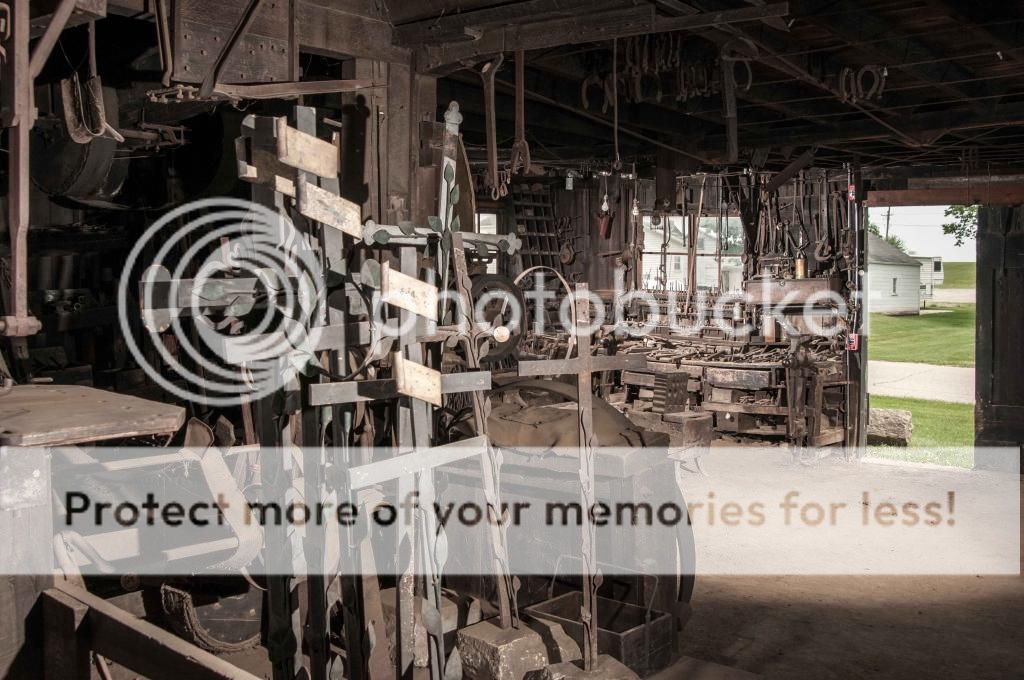


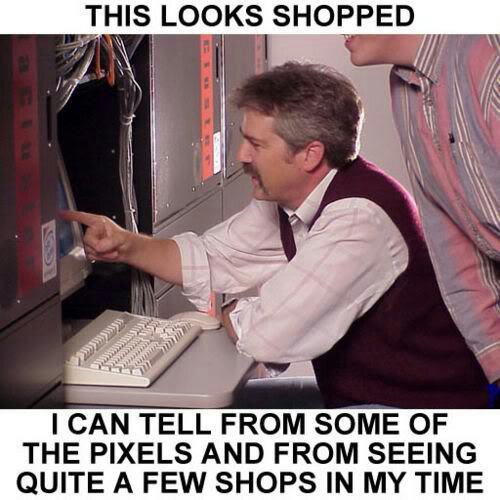
![[No title]](/data/xfmg/thumbnail/32/32944-550374cc056b8618b47594b3cc6e1574.jpg?1619735777)
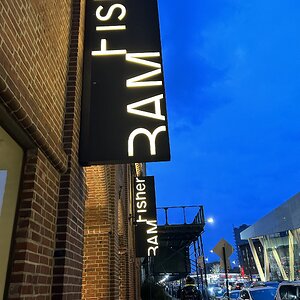
![[No title]](/data/xfmg/thumbnail/37/37629-fa70c9f81cc7da4d6a9b512502f9bf84.jpg?1619738155)
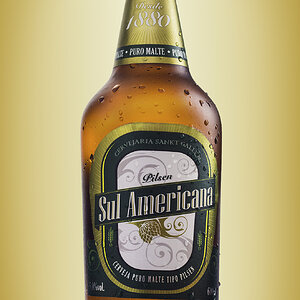
![[No title]](/data/xfmg/thumbnail/37/37626-4a6ffc3f17ab3a8e97170fda3276640e.jpg?1619738154)
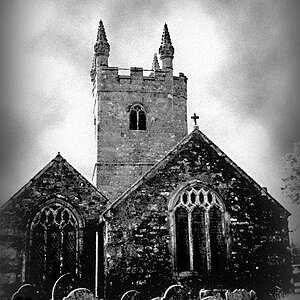
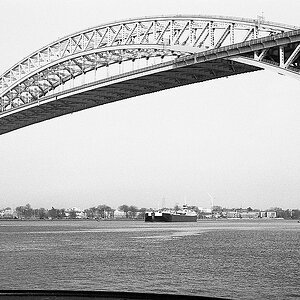
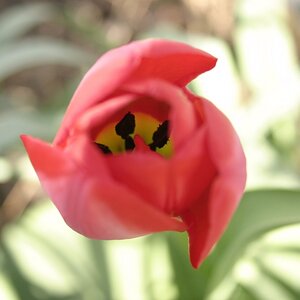
![[No title]](/data/xfmg/thumbnail/37/37627-c3d3ca879cdfbdb9e35acdcc7fcd4b3e.jpg?1619738154)
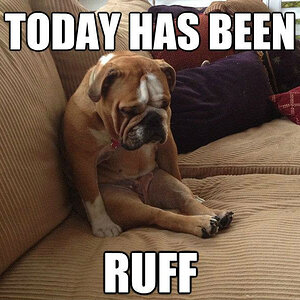

![[No title]](/data/xfmg/thumbnail/30/30993-7c6dca4375064e92f2ea6cbfabf9b59e.jpg?1619734556)